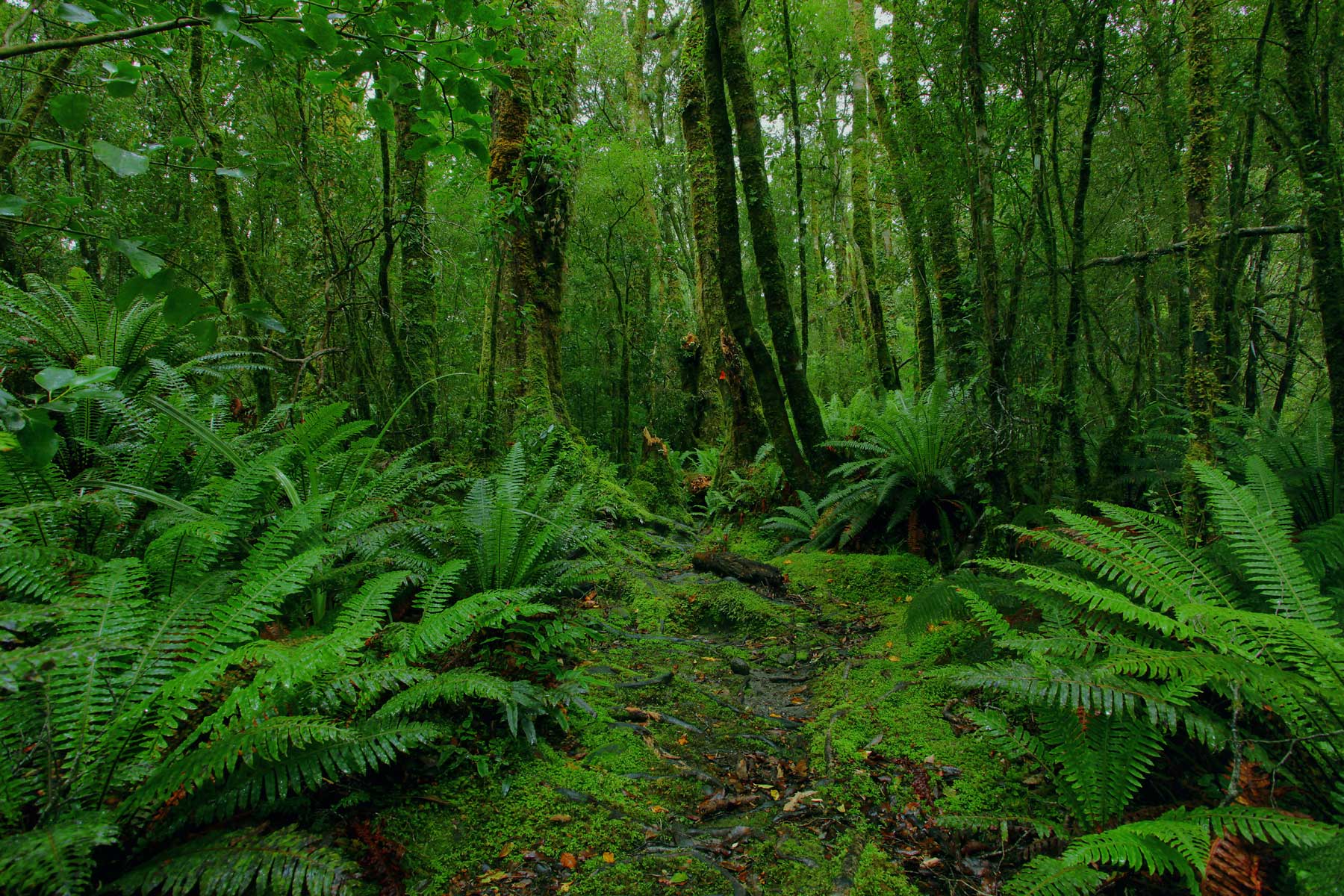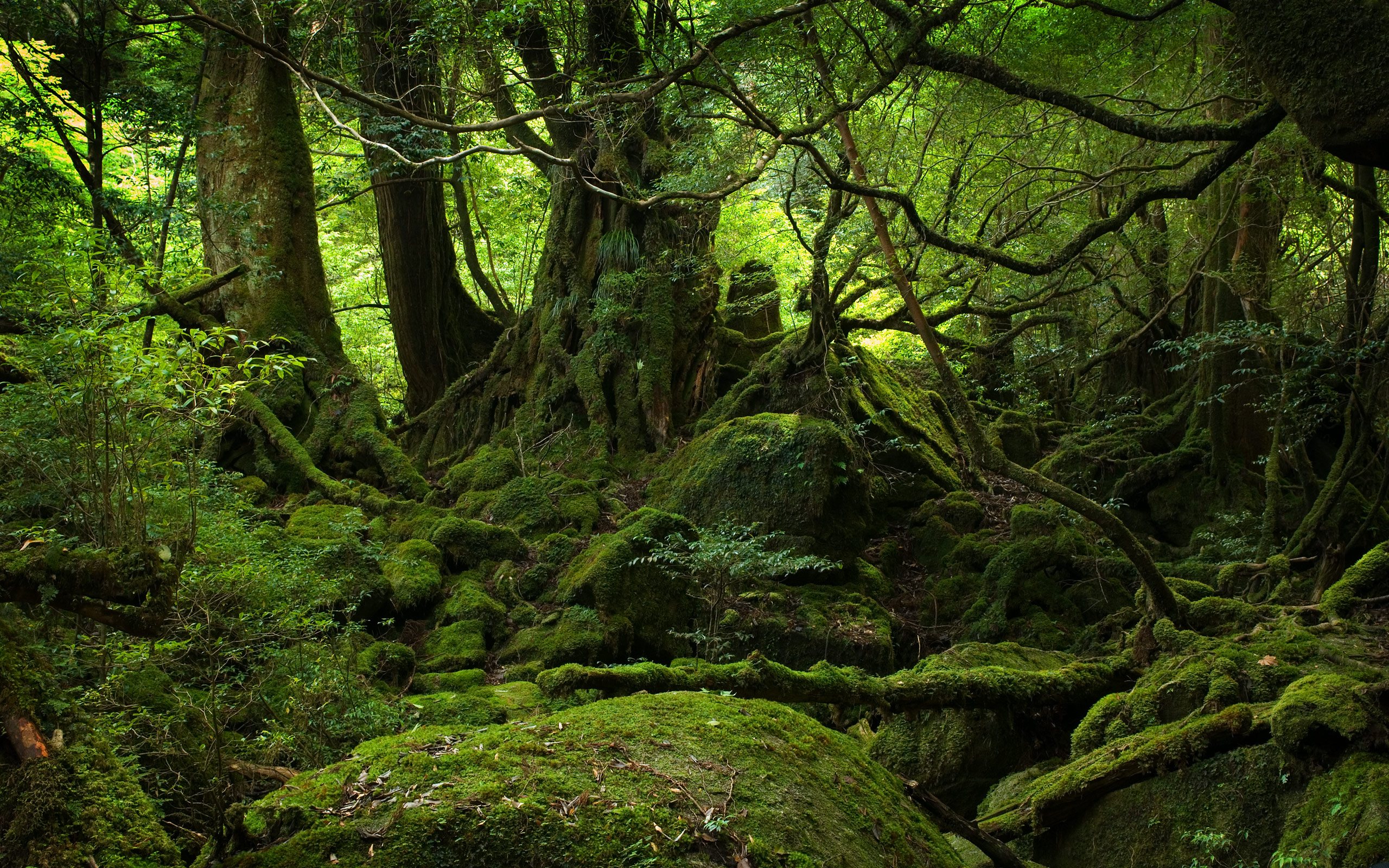MIRO’s Beginnings
Possum Control
A report1 by Landcare Research in 1995 highlighted the extent of damage being caused by possums on vegetation in East Harbour Regional Park. Browsing by possums was found to be particularly heavy on a range of broadleaf trees, especially the northern rata. MIRO volunteers started trapping possums around Mt Hawtrey in the rata forest, while Hutt City Council provided householders adjacent to the bush with Timms traps to catch possums on the urban fringes. This became known as the Possum Busters campaign. It continued for a number of years but gradually wound down. MIRO, however, continued to trap within the Park, moving traps around as areas were cleared.
In 2004, when Greater Wellington took over responsibility for managing the Park, they proposed the setup of a park-wide network of possum traps and agreed to fund it if MIRO would provide volunteers to service the traps. The network soon extended right across the 1,600 ha of the Northern Forest and comprised over 60 km of trap lines with about 400 possum kill traps. To this day the trap network continues to be maintained and enhanced by MIRO volunteers.
Rat Control
After possums, the next predator to be targeted was rats. Attempting to control rats across the Northern Forest was not feasible because of the large number of traps that would be required. Instead, a mainland island of approximately 300 ha centred on the Butterfly Creek catchment was selected for protection (approximately the same size as Karori Sanctuary). Greater Wellington has taken on this task by setting up a 150 m x 100 m grid of rat bait stations to create the Mainland Island. Contractors are used to refresh rat bait several times per year, especially during the breeding season for birds.
Parangarahu Lakes Revegetation
In 2004 the Lakes Block (now known as the Parangarahu Lakes) was returned to the Park after the cessation of a grazing lease to a local farmer. The area was to be allowed to regenerate naturally, but to speed up the process MIRO proposed the establishment of a nursery to grow eco-sourced trees to attract birds and facilitate the spread of native seed into areas of gorse. Greater Wellington commissioned a plan to guide the restoration. This plan by Geoff Park identified the tree species required and also identified suitable plots for selective planting in the area.
The MIRO nursery was established in 2005 and the first 800 trees from there were planted in the winter of 2007 in a specially fenced plot near Lake Kohangapiripiri to protect the small trees from hares. In the winter of 2008 the first plot was in-filled to account for losses in the harsh environment and a second plot was started. There are now 11 revegetation plots established at the Lakes.
MIRO award November 2008
The GWRC Rata Community Partnership Award was presented to MIRO at a ceremony in November 2008. The award recognised the hundreds of hours the sixty members of MIRO had put into almost eradicating possums from the Northern Forest area. Over a period of four years, volunteers brought possum rates down from 27 caught per 100 traps set to 1.8 per 100 traps, which has led to the regeneration of native bush and a growth in the numbers of native birds.
Incorporation
At a meeting on 5 June 2009 the members present voted unanimously to apply to the Registrar of Incorporated Societies for incorporation under the Incorporated Societies Act, and to apply to the Charities Commission for charitable status. Prior to that time, MIRO had operated as a subcommittee of East Harbour Environmental Association. By 30 July 2009, MIRO had been incorporated and had also been registered as a charitable entity under the Charities Act 2005.

